drag badge here
drag badge here
Wahoffelmadenga
gamer level 5
3247 xp
3247 xp
followers
6
6
Use my invite URL to register (this will give me kudos)
https://boardgaming.com/register/?invited_by=wahoffelmadenga
profile badges


...
...
recent achievements

Gamer - Level 5
Earn Gamer XP to level up!
Earn Gamer XP to level up!

I Walk the Talk!
Claim that you have played a game today by clicking the "Played Today!" button on a game page 100 times.
Claim that you have played a game today by clicking the "Played Today!" button on a game page 100 times.

I Love Playin' Games
Claim that you have played a game today by clicking the "Played Today!" button on a game page 50 times.
Claim that you have played a game today by clicking the "Played Today!" button on a game page 50 times.

Gamer - Level 4
Earn Gamer XP to level up!
Earn Gamer XP to level up!
Player Stats
Critic (lvl 1)
240 xp
240 xp
Explorer (lvl 2)
416 xp
416 xp
Professor (lvl 1)
140 xp
140 xp
Reporter (lvl 1)
153 xp
153 xp
About Me
I'll play anything from simple eurogames to massive counter heavy ameritrash. I'm not adverse to wargames, rpgs or even a spot of Magic.
I write about games at http://polyhedroncollider.com/



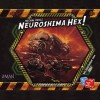

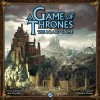





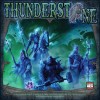
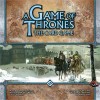


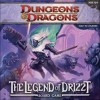
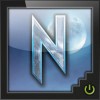
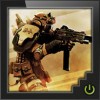
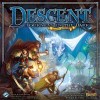


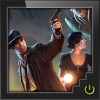
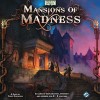
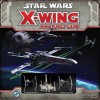
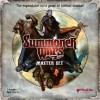

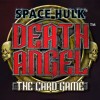


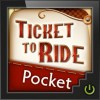
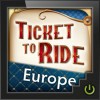


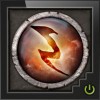

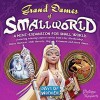
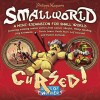
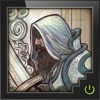

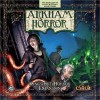



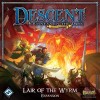






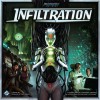
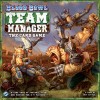
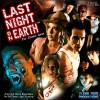




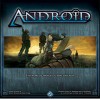




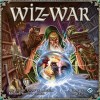




Nightfall
One of the main criticisms of deck building games, such as Dominion and Ascension, is that you’re not really playing against another human being but instead playing a game of multiplayer solitaire. Nightfall is a game that addressees that balance. It takes many of the deck building mechanics but turns the genre into a game of direct confrontation.
In the world of Nightfall the sun has disappeared and the humanity has been overrun by vampires, werewolves and ghouls. If you’ve played any of White Wolf’s World of Darkness roleplaying games or seen Kate Beckinsale’s shiny bottom in the Underworld films then you’ll be comfortable with the theme. You take control of human and supernatural minions as you attempt to cause as much damage to your opponents as possible. Damage comes in the form of wound cards that are added to your opponents’ deck; when the wound deck runs out the game ends and the player with the least wounds is the winner. Nightfall uses a typical deck building set-up with a twist; a selection of eight sets of cards that players can purchase using influence points are set-up in the centre of the table. This is referred to as the common archive. The twist is that players also have a two card private archive that only they can buy from.
Cards come in two separate forms; minions and orders. Each minion has an attack value (how much damage it does) and a health value. The health value is marked as a series of lines on the edge of the card. When a minion is wounded the card is rotated through 90° to represent how much damage is taken. It’s a simple but effective mechanic, the only issue being that a card’s abilities get easily forgotten when the card is upside down. At the beginning of your turn all of your minions in play have to attack and then they are discarded. There is no holding minions to block against other players, it’s all in and fully represents the savage nature of this game. Orders are instant effect cards that are played during a chain. These have a range of abilities such as drawing more cards and dealing direct damage to players or minions.
Nightfall’s most interesting mechanic is the chain. To put a card into play you start a chain, you can then continue adding cards as long as it continues the chain. Each card contains a large coloured moon and then one or two smaller coloured moons. The larger moon is the chained from colour and the smaller moons tell you what colour you can chain to. When you’ve finished your section of the chain then the chain then progresses to the next player. This continues until all players have either added to the chain or passed. The effects of the cards are then resolved in the reverse order. There is also the kicker effect an additional effect that occurs when a card is chained from a particular colour.
This chain mechanic is fundamental to your success in the game. The more cards you can chain the more minions you can get into play and the more orders you can trigger. If you can get a large number of minions in play just before it’s your turn or chain card after card of direct damage dealing you are going to cause significant damage to your opponents.
In Nightfall you’re going to be taking wounds pretty quickly but having them added to you deck isn’t as bad as you first think. Of course you need to have less wound than your opponents but at the end of each turn you can discard wound cards to draw more cards. This represents your supernatural being becoming more enraged with each wound you get and means that a few wounds in your deck can help your game.
Nightfall is a furious and bloodthirsty game. The mechanics mean that it’s very difficult to sit back and build up your defences. Instead you have to try and cause as much damage as quickly as possible. Careful selection of cards into your deck isn’t just about collecting the most powerful cards but also about creating the chains needed to play those powerful cards. The game plays between 2 and 5 players and scales pretty well. There are more aspects to juggle with more players as you’ll need to keep tabs on which of your opponents appears to have the least wounds and timing when to play your chains becomes important but the chance to play onto a chain on each player’s means that downtime is kept to a minimum.
Nightfall is a complicated game. There are a lot of rules and the first few games are a bit of a struggle just to learn those rules. It gets even more complicated when you consider that every card has its own effects and your starting minions act differently to minions available from the archives. Players then have to get their head around the chaining and kicking mechanic, an issue that isn’t helped by some colours looking the same under certain lighting conditions. Nightfall lacks the simplicity of Dominion but you shouldn’t be playing Nightfall if you want a deck builder. All the other games in this genre involve the collecting of some form of victory point card that then clog up your deck. Nightfall is more a confrontational card game with deck building elements; you don’t need to build your deck to win, you need to cause damage.
The theme of the undead punch up runs throughout the game. The artwork is good (though a little ropey in places) and the characters evoke the dark world in which they live. One place where the theme falls down a little is that each minion is a named individual; this means you could have two identical characters facing off against themselves.
In the past I have described Nightfall as a mad scientist’s attempt to create a hybrid of Dominion and Magic: The Gathering. That description suggests something cruder that what Nightfall actually is. Rather than a ham-fisted butchering of the various mechanics Nightfall is a delicate surgery of the best parts of both genres. The surgeon has carefully crafted a fast and furious confrontational game dripping with bloodthirsty theme.
The good
– Deck building mechanics build into a game with direct player confrontation
– Chaining mechanic means that card combinations are key
– Wound cards have a benefit
– Furious gameplay that forces you into the offensive.
The bad
– Complicated rules that will take a few games to bed in
– Theme isn’t quite fully realised with multiple players owning the same minion
Taken from my blog at http://www.polyhedroncollider.com